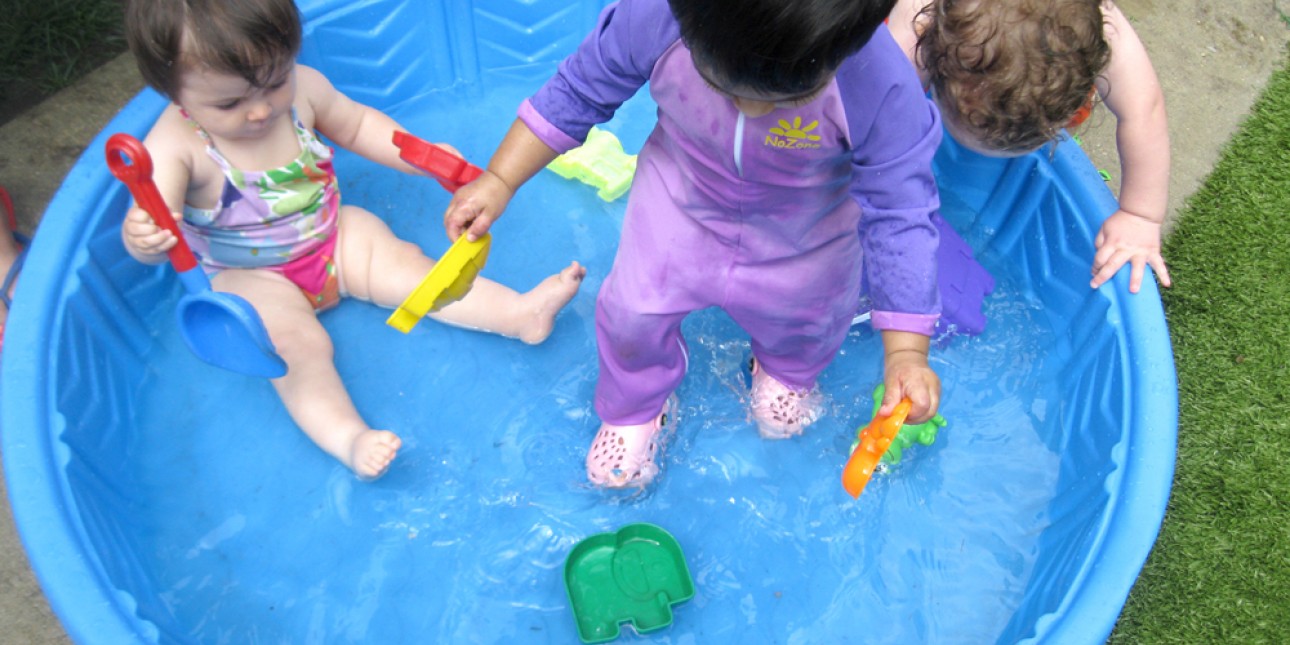August Message from Deb Green

Summertime Transitions at PIC
Summer is a time of transitions at PIC as children move from one classroom to the next age group. For some children, these transitions are a breeze, and they barely look back to their old classroom. For others, moving to a new classroom is about building trust all over again.
Separation anxiety is a normal reaction. Leaving the familiar faces of teachers and entering into a new environment can be difficult for anyone (including parents.)
Supporting successful transition is about establishing three simple things: trust, safety, and a strong sense of security.
I write this with memories of my own daughter in her child care center 20 years ago. She was one of the not-so-easy-to-transition kids, one who was sad to leave her “old” teachers and very slow to trust the new ones. She was always one with a quiet temperament and could easily go unnoticed in a room full of more vocal children. I so remember the teachers who worked hard to welcome her (and me) into the new classrooms and I will always be especially grateful to those who went the extra mile.
Here are some thoughts and reflections on how to help manage the anxieties that can come with change.
We respond to change differently. Children’s responses to transition and separation depend upon their age, temperament and experience. It is important not to have a set time-line or expectation of children whether they are moving to a new room, are brand new to a center setting, or a new family at PIC.
First impressions matter a lot for both you and your child. Your new classroom will be ready for you with coat hooks and/or cubbies with your child’s name.
Meeting children just where they are. When children join a toddler classroom for example, they may seek the added comfort of pacifiers, blankets or other “lovies,” bottles or sippy cups. Over the course of the first month, and as the child becomes secure in the new environment, parents and teachers can work together to gradually move away from these items.
Transitions are tricky in that we often see children who almost never cry, suddenly sad and clingy. They are expressing their need to feel safe and secure. This means that they need arms to hold and hug them and laps to sit on (true for babies as well as for four-year-olds.)
Make a connection between home and school. Feel free to send in a family photo or a small photo album to keep in your child’s cubby. Your child can then have you nearby whenever she wants.
Be positive. Children have incredible intuitive skills. Present the move as a place where he or she will explore new things and make new friends.
Change helps us grow. All children, regardless of age, grow in their ability to handle transitions when we let them know that it is ok to feel sad and/or angry at first, and that little by little, they will feel better. When children hear their feelings validated, they are more likely to manage better and to have a better self esteem.
Stay as long as you like! Sometimes it is comforting to children (and parents) to engage in an activity together (i.e. reading a book) at drop off time. When you are ready to leave, try the PIC “push out the door” ritual. If you have not yet heard of it, ask your teacher!
Positive transitions pay off. Children who develop trusting relationships early on will continue to be happy and well adjusted as they grow up.